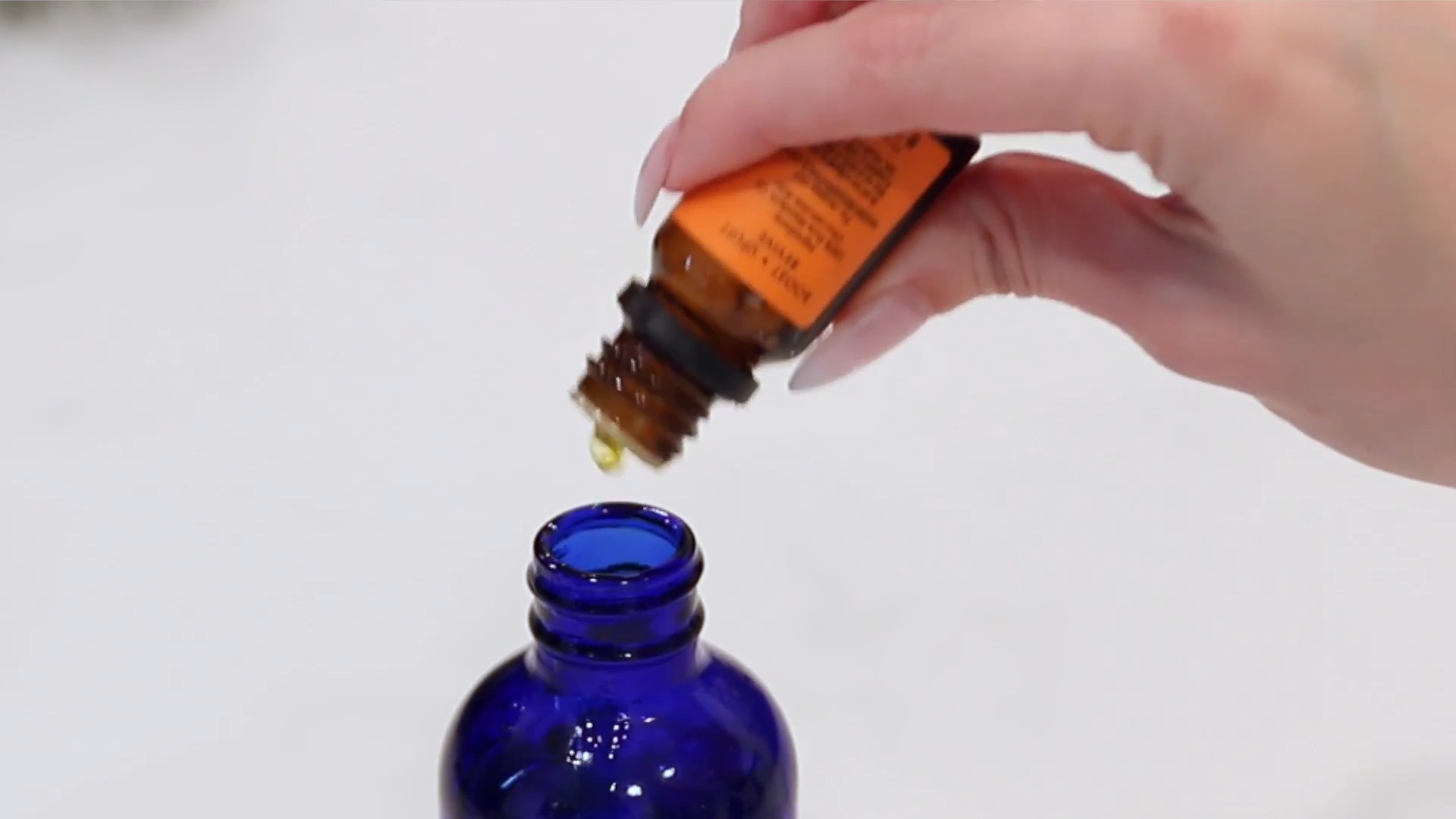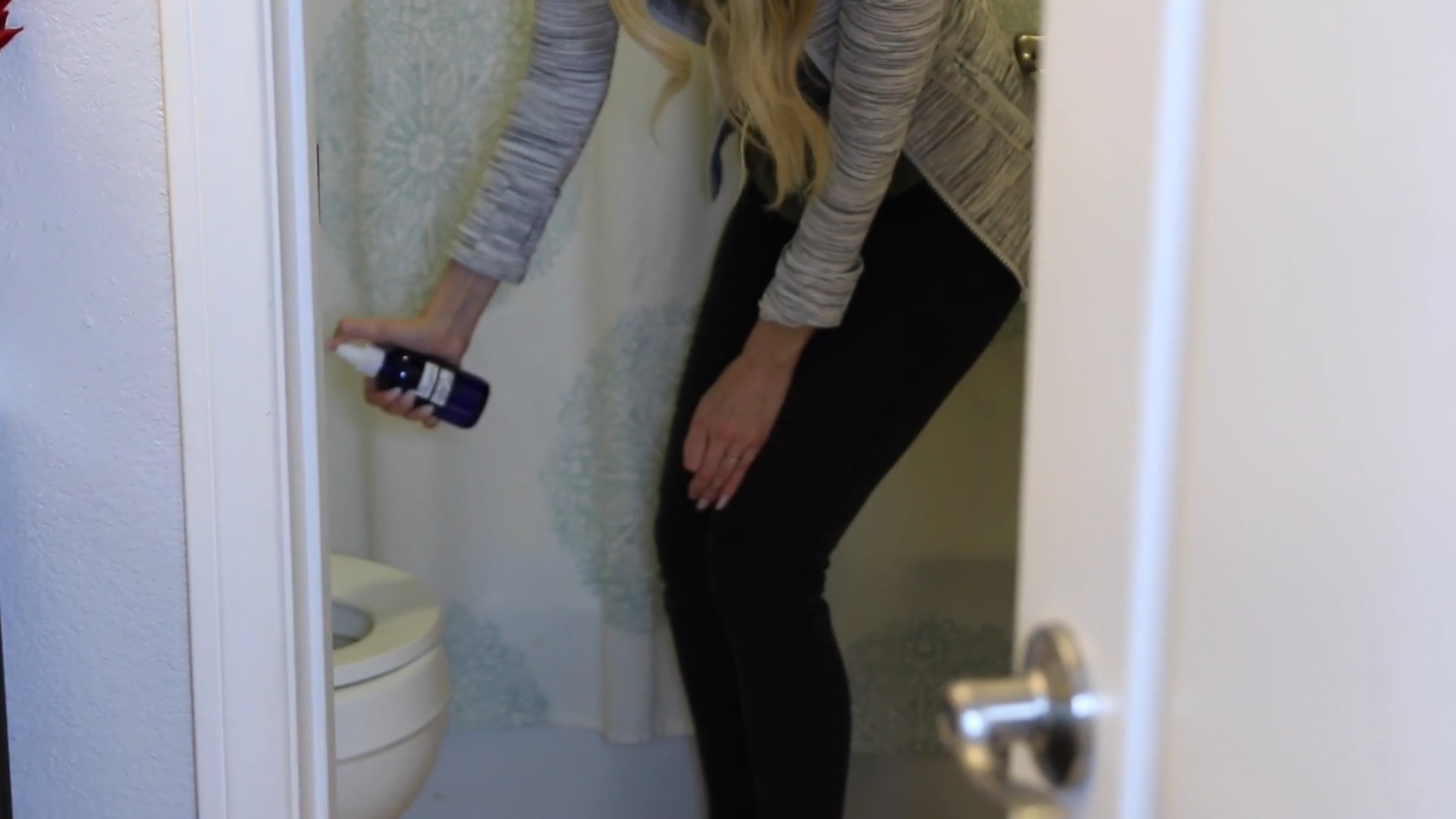Practical home hacks are the secret weapon every homeowner needs in their arsenal! Ever feel like you’re constantly battling clutter, struggling with stubborn stains, or just wishing your home ran a little smoother? I know I have! That’s why I’m so excited to share these game-changing DIY tricks that will transform your living space from chaotic to calm, one simple project at a time.
From ancient civilizations utilizing natural remedies for cleaning to modern-day minimalist movements, the desire to simplify and optimize our homes has been a constant throughout history. These aren’t just random tips; they’re time-tested techniques adapted for the 21st century. Think of it as a modern take on age-old wisdom, designed to make your life easier and your home more enjoyable.
In today’s fast-paced world, who has time for complicated cleaning routines or expensive organizational systems? These practical home hacks are designed to be quick, affordable, and effective. Whether you’re looking to declutter your kitchen, organize your closet, or simply find a better way to manage household chores, these DIY projects will empower you to take control of your space and create a home that truly reflects your style and simplifies your life. Get ready to roll up your sleeves and discover the joy of a well-organized, effortlessly stylish home!

DIY Under-Cabinet Lighting: A Bright Idea for Your Kitchen
Okay, let’s talk about kitchen lighting. Specifically, the dark abyss that lurks under your cabinets. I’ve always hated how dim my countertops were, especially when I was prepping food. So, I decided to tackle this problem head-on with a DIY under-cabinet lighting project. And guess what? It’s way easier than you think! This guide will walk you through everything, from choosing the right lights to the final installation. Get ready to illuminate your kitchen!
Choosing Your Lighting
Before we dive into the nitty-gritty, let’s figure out what kind of lights you want. There are a few options, each with its own pros and cons:
* **LED Strip Lights:** These are my personal favorite. They’re energy-efficient, come in various colors and brightness levels, and are super easy to install. Plus, they’re flexible, so you can easily bend them around corners.
* **LED Puck Lights:** These are small, round lights that are great for focused illumination. They’re perfect if you want to highlight specific areas, like above your stove or sink.
* **Fluorescent Lights:** While they’re a bit older technology, fluorescent lights are still a viable option. They’re generally more affordable than LEDs, but they’re also less energy-efficient and can produce a harsh light.
* **Battery-Powered Lights:** If you don’t want to deal with wiring, battery-powered lights are a good choice. However, you’ll need to replace the batteries regularly, and they might not be as bright as wired options.
For this guide, I’m going to focus on using LED strip lights because they’re the most versatile and beginner-friendly.
Materials You’ll Need
Alright, let’s gather our supplies. Here’s what you’ll need:
* **LED Strip Lights:** Measure the length of your cabinets to determine how much you need. Don’t forget to add a little extra for connecting the strips.
* **Power Supply:** Make sure the power supply is compatible with your LED strip lights. Check the voltage and wattage requirements.
* **Connectors:** These will help you connect the LED strips together and to the power supply. I recommend using solderless connectors for easy installation.
* **Wire:** You’ll need wire to connect the power supply to the LED strips. Choose a gauge that’s appropriate for the voltage and amperage of your lights.
* **Wire Strippers:** Essential for stripping the insulation off the wires.
* **Screwdriver:** For mounting the power supply and any other hardware.
* **Measuring Tape:** To measure the length of your cabinets and the placement of the lights.
* **Pencil:** For marking where you’ll be installing the lights.
* **Isopropyl Alcohol and Clean Cloth:** To clean the underside of your cabinets before applying the adhesive.
* **Mounting Clips (Optional):** If you want extra security, you can use mounting clips to hold the LED strips in place.
* **Drill (Optional):** If you need to drill holes for the mounting clips or to run wires.
* **Safety Glasses:** Always protect your eyes when working with tools.
Step-by-Step Installation Guide
Okay, let’s get to the fun part! Here’s how to install your under-cabinet lighting:
1. Planning and Preparation
1. **Measure Your Cabinets:** Use your measuring tape to determine the length of the underside of your cabinets where you want to install the lights. Write down these measurements – you’ll need them when cutting the LED strips.
2. **Plan Your Layout:** Decide where you want to place the LED strips. I recommend centering them under the cabinets for even light distribution. Consider where you’ll plug in the power supply. You might need an extension cord if the outlet is far away.
3. **Clean the Surface:** This is crucial! Use isopropyl alcohol and a clean cloth to thoroughly clean the underside of your cabinets. This will ensure that the adhesive on the LED strips sticks properly. Let it dry completely before proceeding.
2. Cutting and Connecting the LED Strips
1. **Cut the LED Strips:** Most LED strip lights have cut lines marked on them. Use scissors to cut the strips to the desired length, making sure to cut only on the marked lines. Cutting anywhere else can damage the lights.
2. **Connect the Strips (if needed):** If you need to connect multiple LED strips to cover the entire length of your cabinets, use solderless connectors. Open the connector, slide the ends of the LED strips into the connector, and snap it shut. Make sure the polarity is correct (positive to positive, negative to negative). The connectors usually have markings to guide you.
3. **Test the Connections:** Before you mount the LED strips, it’s a good idea to test the connections. Plug the power supply into an outlet and connect it to the LED strips. If the lights don’t turn on, double-check the connections and polarity.
3. Mounting the LED Strips
1. **Peel and Stick:** Remove the backing from the adhesive strip on the back of the LED strip.
2. **Position and Press:** Carefully position the LED strip under the cabinet, aligning it with your pencil marks. Press firmly along the entire length of the strip to ensure it adheres properly.
3. **Use Mounting Clips (Optional):** For extra security, especially if you’re installing the lights in a humid environment, you can use mounting clips. Drill small pilot holes for the screws, then attach the clips over the LED strips.
4. Connecting to the Power Supply
1. **Connect the Wires:** Use wire strippers to strip the insulation off the ends of the wires. Connect the wires from the LED strips to the wires from the power supply using solderless connectors or by twisting them together and securing them with electrical tape. Again, make sure the polarity is correct.
2. **Mount the Power Supply:** Find a suitable location to mount the power supply. I usually mount mine inside a cabinet or on the wall near an outlet. Use screws to secure the power supply in place.
3. **Plug It In:** Plug the power supply into an outlet and turn on the lights. If everything is connected correctly, your under-cabinet lights should now be shining brightly!
Troubleshooting Tips
Sometimes, things don’t go exactly as planned. Here are a few troubleshooting tips to help you out:
* **Lights Don’t Turn On:** Double-check all the connections, especially the polarity. Make sure the power supply is plugged in and working.
* **Lights Flicker:** This could be due to a loose connection or a faulty power supply. Check all the connections and try a different power supply.
* **Lights Are Dim:** The power supply might not be powerful enough for the length of LED strips you’re using. Try a more powerful power supply.
* **Adhesive Doesn’t Stick:** Make sure you cleaned the surface thoroughly before applying the LED strips. You can also try using a stronger adhesive, like double-sided tape.
Adding a Dimmer (Optional)
If you want to be able to adjust the brightness of your under-cabinet lights, you can add a dimmer switch. There are several types of dimmers available, including inline dimmers and wall-mounted dimmers.
* **Inline Dimmer:** This type of dimmer is installed between the power supply and the LED strips. It usually has a knob or slider that you can use to adjust the brightness.
* **Wall-Mounted Dimmer:** This type of dimmer replaces your existing light switch. It allows you to control the brightness of the under-cabinet lights from the wall.
To install a dimmer, follow the instructions that come with the dimmer switch. Generally, you’ll need to disconnect the power supply, connect the dimmer switch to the wires, and then reconnect the power supply.
Safety First!
Before you start any electrical project, it’s important to take some safety precautions:
* **Turn Off the Power:** Always turn off the power at the circuit breaker before working on any electrical wiring.
* **Use Insulated Tools:** Use tools with insulated handles to protect yourself from electric shock.
* **Wear Safety Glasses:** Protect your eyes from flying debris.
* **If in Doubt, Call a Professional:** If you’re not comfortable working with electricity, it’s best to call a qualified electrician.
Enjoy Your New Lighting!
And that’s it! You’ve successfully installed under-cabinet lighting in your kitchen. Now you can enjoy brighter, more functional countertops. I hope this guide was helpful. Happy DIY-ing! I know I’m loving my brighter kitchen already!

Conclusion
So, there you have it! This simple yet effective DIY trick is a game-changer for anyone looking to streamline their life and save money. We’ve shown you how to transform everyday items into something extraordinary, offering a practical solution to a common problem. This isn’t just about saving a few bucks; it’s about embracing resourcefulness and creativity in your daily routine.
Why is this DIY trick a must-try? Because it’s incredibly accessible, requiring minimal effort and readily available materials. It’s a sustainable approach, reducing waste by repurposing items you might otherwise discard. And most importantly, it works! You’ll be amazed at the difference this small change can make in your overall efficiency and organization.
But the beauty of DIY lies in its adaptability. Feel free to experiment with variations to suit your specific needs and preferences. For example, if you’re working with a smaller space, consider scaling down the dimensions of your project. Or, if you prefer a more decorative look, add embellishments like paint, fabric, or even repurposed jewelry. The possibilities are endless!
Consider these variations:
* For the eco-conscious: Use entirely recycled materials for your project. Think cardboard boxes, plastic bottles, or even old clothing.
* For the minimalist: Keep it simple and functional. Focus on clean lines and a neutral color palette.
* For the creative: Let your imagination run wild! Add unique details and personalize your project to reflect your individual style.
This DIY trick is more than just a project; it’s an invitation to explore your creativity and discover the satisfaction of making something useful with your own hands. It’s a testament to the power of practical home hacks to simplify our lives and empower us to be more resourceful.
We’re confident that you’ll love the results of this DIY trick. It’s a simple, effective, and rewarding way to improve your home and your life. So, gather your materials, roll up your sleeves, and get ready to experience the magic of DIY!
Now, we want to hear from you! Have you tried this DIY trick? What variations did you experiment with? Share your experiences, tips, and photos in the comments below. Let’s inspire each other and build a community of DIY enthusiasts! Your feedback is invaluable, and we can’t wait to see what you create. Let’s unlock the potential of practical home hacks together!
Frequently Asked Questions (FAQ)
What if I don’t have all the materials listed?
Don’t worry! The beauty of DIY is its flexibility. Look around your home for alternatives. For example, if you don’t have the specific type of adhesive recommended, try using a strong glue or even double-sided tape. The key is to be resourceful and find substitutes that will work for your specific project. Consider the properties of the original material and try to find something with similar characteristics. For instance, if the original material was flexible, look for a flexible substitute.
How long will this DIY trick take to complete?
The time required will vary depending on your skill level and the complexity of the variations you choose. However, most people should be able to complete the basic project in under an hour. If you’re adding intricate details or working with more challenging materials, it may take longer. It’s always a good idea to set aside a little extra time to avoid feeling rushed. Remember, the goal is to enjoy the process and create something you’re proud of.
Is this DIY trick suitable for beginners?
Absolutely! This project is designed to be accessible to people of all skill levels. The instructions are clear and concise, and the materials are readily available. Even if you’ve never done a DIY project before, you should be able to complete this one successfully. Don’t be afraid to ask for help if you get stuck. There are plenty of online resources and communities where you can find support and guidance.
Can I customize this DIY trick to match my home decor?
Definitely! Customization is what makes DIY so rewarding. Feel free to experiment with different colors, patterns, and textures to create a project that perfectly complements your home decor. You can use paint, fabric, wallpaper, or even repurposed materials to add your personal touch. Consider the overall style of your home and choose elements that will enhance its aesthetic appeal.
What if I make a mistake?
Mistakes are a natural part of the DIY process. Don’t get discouraged if you make one. The important thing is to learn from your mistakes and keep going. In most cases, you can easily fix minor errors. For example, if you accidentally cut something too short, you can often add a patch or extension. If you spill paint, you can usually clean it up before it dries. And if all else fails, you can always start over. Remember, every mistake is an opportunity to learn and improve your skills.
How durable is the finished product?
The durability of your finished product will depend on the materials you use and the care you take in constructing it. If you use high-quality materials and follow the instructions carefully, your project should last for a long time. However, it’s important to remember that DIY projects are not always as durable as commercially manufactured products. To extend the lifespan of your project, avoid exposing it to extreme temperatures, moisture, or direct sunlight.
Where can I find more inspiration for practical home hacks?
There are countless online resources where you can find inspiration for practical home hacks. Websites like Pinterest, YouTube, and Instructables are filled with ideas and tutorials. You can also find inspiration in magazines, books, and even your own home. Pay attention to the things that frustrate you or that could be improved. These are often the best starting points for DIY projects.
Is this DIY trick environmentally friendly?
Yes, this DIY trick can be very environmentally friendly, especially if you use recycled or repurposed materials. By giving new life to old items, you’re reducing waste and conserving resources. You can also choose to use eco-friendly adhesives and finishes to further minimize your environmental impact. DIY is a great way to embrace sustainability and make a positive contribution to the planet.





Leave a Comment